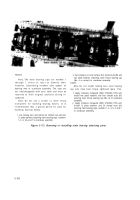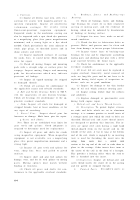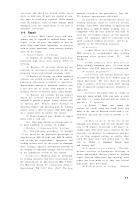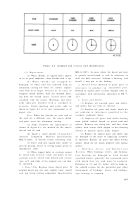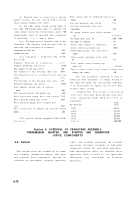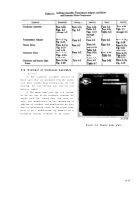TM-9-2815-200-35
ENGINE, WITH CONTAINER:TURBOSUPERCHARGED, DIESEL ,FUEL INJECTION ,90-DEGREE “V” TYPE, AIR - COOLED ,12 - CYLINDER , ASSEMBLY ;MODELS AVDS-1790-2M (2815-856-4996), AVDS-1790-2A AND AVDS-1790-2AM (2815-856-9005)
TECHNICAL MANUAL; DIRECT SUPPORT, GENERAL SUPPORT AND DEPOT MAINTENANCE MANUAL INCLUDING REPAIR PARTS AND SPECIAL TOOLS LISTS
TM-9-2815-200-35 - Page 296 of 779
e. Ball and Needle Bearings.
(1) Bearings require special attention in
cleaning and oiling. After removing the surface
dirt, oil, or grease, the bearings, except the
sealed, permanently lubricated type, should be
placed in hot oil (about 150°F.) to loosen
congealed oil and grease. After cleaning, the
bearings should be coated with a film of
lubricant and wrapped tightly in oiled or waxed
paper until inspection and assembly.
Note.
Do not immerse sealed type ball
bearings in dry-cleaning solvent, mineral spirits
paint thinner, or hot oil. Entrance of cleaning
agent will destroy lubricants sealed in bearing at
time of manufacture. Loss of lubricant will result
in premature failure of bearing and possible
severe damage to the engine.
(2) Clean sealed ball bearings by wiping the
exterior surfaces with a clean cloth moistened in
dry-cleaning solvent. Compressed air must never
be used in cleaning or drying of ball or needle
bearings. Damage to bearings will result from
spinning of bearing by air blast.
(3) Refer to TM 9-214 for information on
inspection, care, and maintenance of bearings.
f. Painted Parts.
The reconditioning of
painted parts should be a matter of good
judgment.
Parts that appear to be in good
condition after cleaning, need not be stripped
and repainted in their entirety, but should be
cleaned and designated for touch-up only. Parts
that are rusted, or otherwise devoid of paint,
must be stripped to bare metal. Rubber com-
position shroud seals must be removed and
discarded before the parts can be stripped of
paint.
6-3.
Inspection
a. General.
The engines are precision built,
and the overhaul standards tables listed in this
chapter have been fixed at extremely close limits.
The following general instructions apply to all
inspection procedures.
(1) Use modern methods and equipment
such as magnaflux, zyglo and ultrasonic in-
spection for inspecting component parts where
cracks and other damage cannot be detected
visually.
(2) Extreme care must be exercised in all
phases of inspection. Inspect components
following instructions in paragraph b.
(3) Inspect finish of all parts. Mark all parts
that require refinishing.
b. Overhaul Standards.
To identify parts, the
Overhaul Standards Tables of this chapter refer
to the exploded views in the repair parts section
(Appendix B). Key letters are used on the ex-
ploded views to locate points of measurement for
overhaul limits.
Each table contains the
maximum, minimum, and key clearances of new
or overhaul parts. The clearances, listed mainly
for reference, will automatically be achieved if
the mating parts are within the dimensional
tolerances listed in the tables. In some cases, a
part that is out of dimensional tolerance may be
used, providing the mating part has been
carefully selected and, when mated, is within the
maximum clearance limits specified in the wear
limits column of the tables. The wear limits
indicate the point at which parts may be worn
before replacement, in order to assure maximum
service and minimum replacement. Normally all
parts which have not worn beyond dimensions
shown in the “Wear limits” columns or are
damaged from corrosion, will be approved for
service.
(1) Symbols employed in the Overhaul
Standards Tables are identified as follows:
*-An asterisk in the “Wear limits” column
indicates that part must be replaced
when worn beyond the limits given in
the
“Sizes and fits of new parts”
column.
L-The letter “L”, following the tolerance
dimensions given in the “Sizes and fits
of new parts” column and the “Wear
limits”
column, indicates a loose fit
(clearance).
T-The letter “T”, following the tolerance
dimensions given in the “Sizes and fits
of new parts” column and the “Wear
limits”
column, indicates a tight fit
(interference).
(2) The following is a check list of parts to
be magnetic-particle
or flourescent-penetrant
inspected:
6-2
Back to Top

